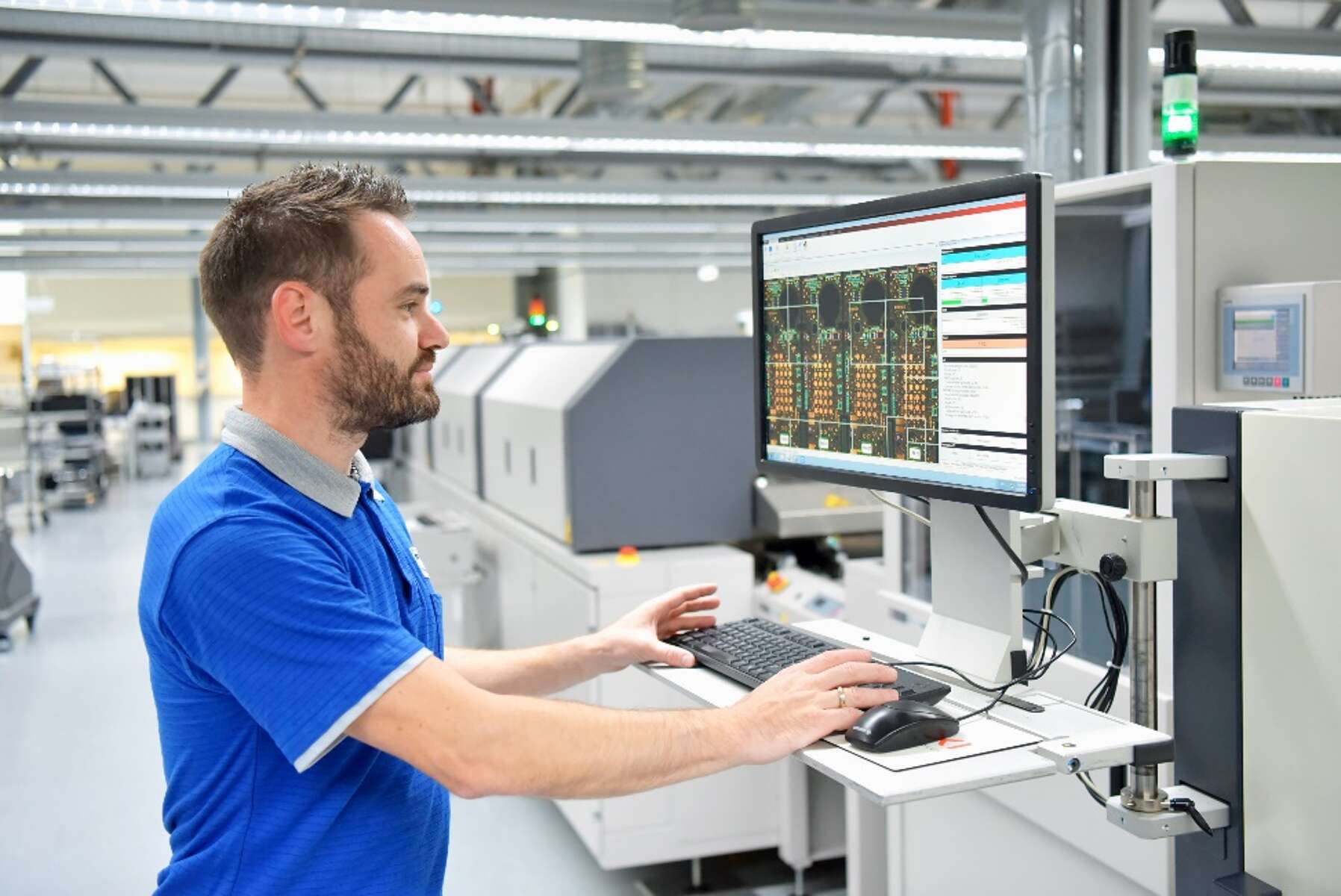
Industrial Internet of Things: Monitoring is the ideal way to get started with digitalisation
Why many companies still hesitate to make the switch
- How can my company profit from digitalisation and what costs are involved?
- What’s an easy way to get started with digitalisation successfully and what measures need to be implemented?
Does a pumping station have to be “smart”?In what areas is digitalisation a good idea?
- Increasing system availability
- Reducing maintenance costs through intelligent analysis of operating and status data
- Increasing efficiency.
Smart monitoring of a pump population thanks to digitalisation.
The smart way to get started with digitalisation: Sensors create the basis
- Continuous data recording
- Centralised monitoring of all connected components (saving time and manpower)
- Integration of the data into existing systems via interfaces
- Analysis of data recorded directly on equipment can be usefully employed, for example for predictive maintenance.
Predictive maintenance: Acting proactively increases efficiency
- Continuous recording of relevant pump status and performance data in digital form
- Transmission and storage of data in the cloud
- Processing of the collected data, e.g. in the form of probability calculations for specific events and transfer into service and maintenance concepts
KSB Guard’s sensor unit records all relevant performance and status data directly at the pump.
Used products
KSB Guard
The smart and comprehensive monitoring service for pumps and other rotating machinery, available 24/7 and also for non-KSB pumps. Benefit from predictive maintenance with KSB: comprehensive transparency, increased availability, enhanced operating reliability and efficient operation (of fixed-speed pumps). Important operating data such as vibrations, temperature, operating hours and load condition (of fixed-speed pumps) can be accessed via KSB Guard, anytime and from anywhere. In addition, deviations from normal operation trigger immediate notifications via the KSB Guard web portal and/or app. The experts at the KSB Monitoring Centre also provide support in analysing causes.
